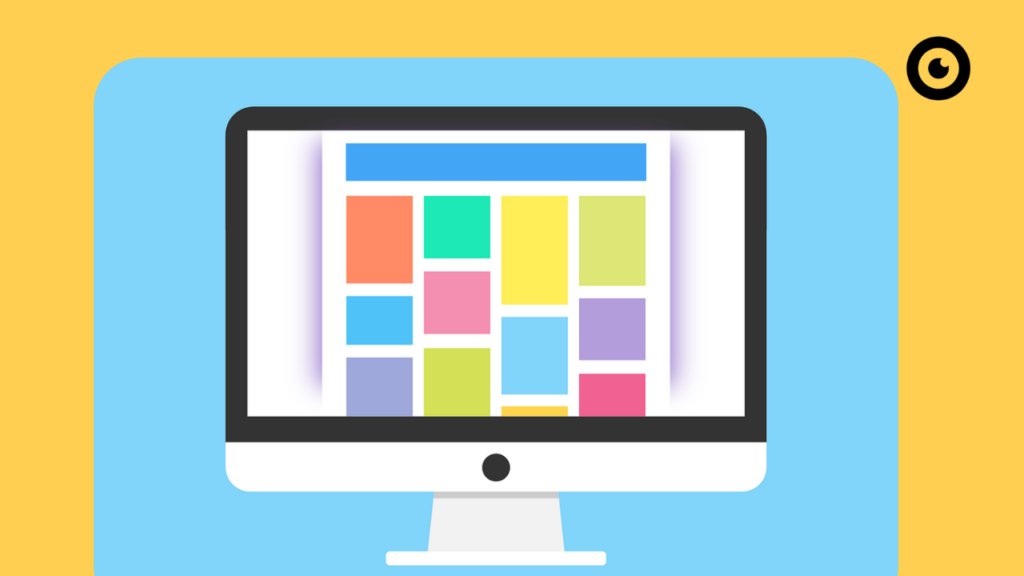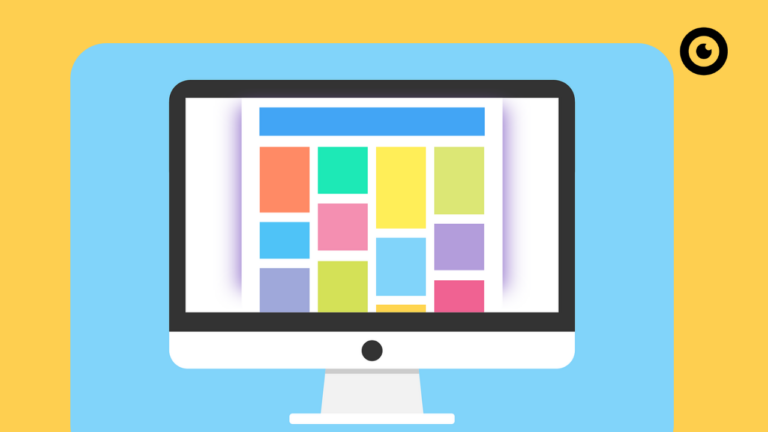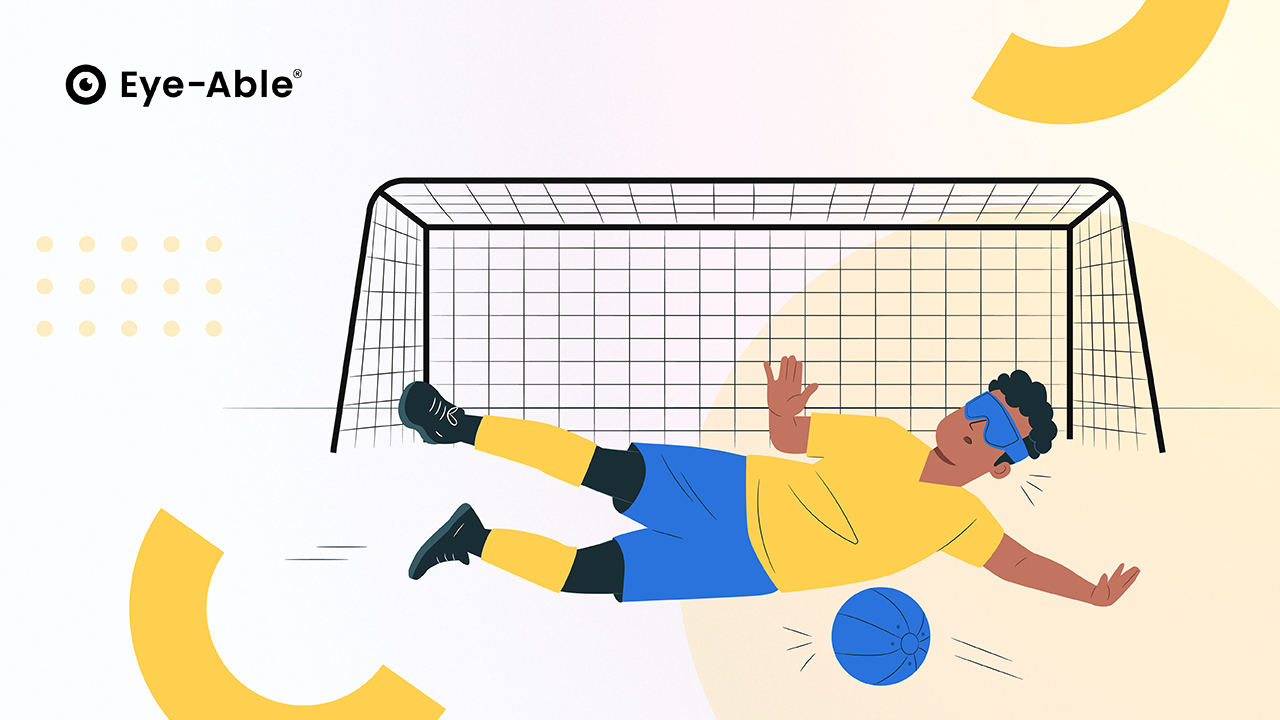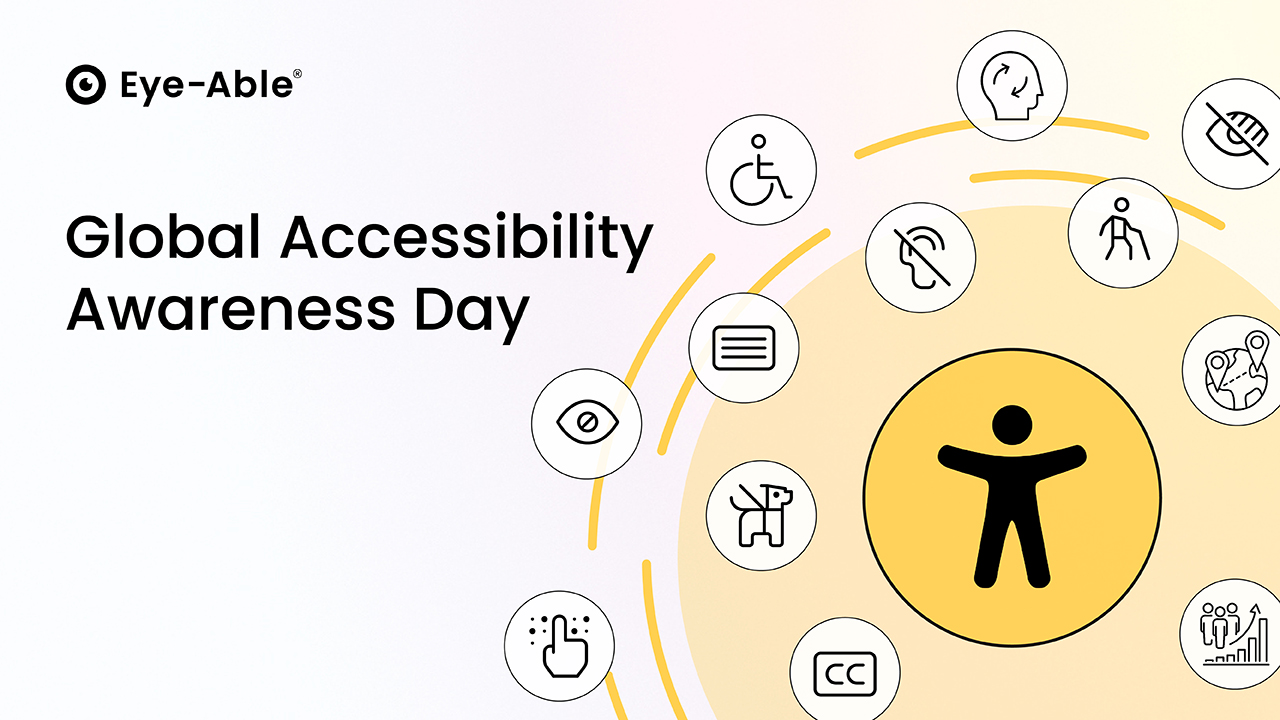Barrieren sind in der modernen Welt vielfältiger geworden, denn sie entstehen nicht nur in der “realen” Welt. Auch im Internet gibt es für Menschen mit Behinderungen Hindernisse zu überwinden. In unserem Streben nach innovativen Websites und ansprechenden digitalen Beiträgen wird oft vergessen, dass nicht alle Benutzer*innen dieselben Möglichkeiten haben. Dadurch wird eine Vielzahl an Menschen ausgeschlossen. Bereits kleine Anpassungen auf einer Website, bezüglich digitaler Barrierefreiheit, können einen großen Unterschied für Menschen mit Behinderungen machen.
Das Schlagwort hier lautet barrierefreies Webdesign. Es ist der Schlüssel, um sicherzustellen, dass alle Menschen, unabhängig ihrer Fähigkeiten, selbstständig durch das Internet navigieren können. In diesem Artikel werfen wir einen Blick auf die zehn häufigsten Fehler im barrierefreien Webdesign, und erklären, wie man diese Fallstricke vermeidet.
1. Fehlende oder ungenaue Textalternativen für Bilder
Einer der häufigsten auftretenden Fehler auf Websites ist fehlender Alternativtext. Das sind Beschreibungen von Bildern und Animationen in Textform. Diese können von Nutzer*innen von sogenannten “Screenreadern” erfasst und im Audioformat wiedergegeben werden.
Jedes Bild sollte einen “Alt-Text” enthalten, der präzise und aussagekräftig ist. Menschen mit Sehbehinderungen, die Screenreader nutzen, können visuelle Inhalte nicht verstehen, wenn Bilder keine entsprechenden, alternativen Beschreibungen haben.
2. Unzureichender Farbkontrast
Für Menschen mit Sehbehinderungen kann auch die Auswahl passender Farbkontraste einen großen Unterschied machen. Ein niedriger Farbkontrast zwischen Text und Hintergrund erschwert das Erkennen und somit das Lesen von Inhalten auf einer Website.
Es kann helfen, Tools zur Überprüfung des Farbkontrasts, wie zum Beispiel den Farbkontrast-Checker unseres Eye-Able Report, zu nutzen, um sicherzustellen, dass die Farbkombinationen den empfohlenen Standards entsprechen. Klare Kontraste verbessern die Lesbarkeit erheblich und ermöglichen es vielen Menschen einfacher, sich auf einer Website zurechtzufinden.
3. Ungenau strukturierte HTML-Überschriften
Um Nutzer*innen von Screenreadern das Leben etwas zu erleichtern, sollte unbedingt eine klare Überschriften-Hierarchie vorhanden sein. Fehlt diese, führt das dazu, dass Screenreader Schwierigkeiten beim Verständnis der Seitenstruktur haben.
Es hilft hier, die korrekte Reihenfolge von HTML-Überschriften (H1 bis H6) einzuhalten. Das schafft eine generelle, klare Struktur auf einer Website und erleichtert es allen Menschen, sich auf der jeweiligen Web-Oberfläche zurechtzufinden.
4. Fehlende WAI-ARIA Attribute
Interaktive Inhalte wie Schieberegler oder Akkordeons können für Screenreader-Benutzer*innen problematisch sein, wenn keine klaren Anweisungen vorhanden sind.
Hierbei sollten die entsprechenden WAI-ARIA-Attribute im HTML verwendet werden, um die Art und Funktion interaktiver Elemente zu erklären. Diese ermöglichen es, zusätzliche Informationen über die Bedeutung und Funktion von HTML-Elementen bereitzustellen, insbesondere solchen, die dynamische und interaktive Inhalte repräsentieren. Durch die Verwendung von diesen wird die Navigation für Menschen mit Sehbehinderungen erheblich erleichtert.
5. Links ohne Textalternativen
Auch Links sollten mit Alternativtexten versehen werden. Unklare Links erschweren die Navigation für Nutzer*innen von Screenreadern, die auf klare Kontextinformationen angewiesen sind.
Fügen Sie einfach verständliche Textalternativen hinzu, besonders wenn Sie Bildlinks verwenden. Das verbessert nicht nur die Zugänglichkeit, sondern auch die Benutzer*innenfreundlichkeit.
6. Nicht zugängliche Formulare
Formulare ohne klare Beschriftung oder Struktur sind für Screenreader-Benutzer*innen schwer zu navigieren, was ihre Interaktion mit Ihrer Website beeinträchtigt.
Verwenden Sie <label>-Elemente, um jedes Formularfeld zu kennzeichnen, und platzieren Sie sie außerhalb des Eingabefelds. Dadurch wird die Formularnavigation für alle verbessert.
7. Accessibility Overlays
Accessibility-Overlays sind Tools oder Plugins, die auf Websites implementiert werden, um Zugänglichkeitsprobleme zu beheben, ohne dass dazu umfassende Änderungen am zugrunde liegenden Webdesign vorgenommen werden müssen. Sie bieten allerdings keine effektive Lösung für Barrierefreiheitsprobleme und können die Funktionalität für Menschen mit Behinderungen sogar beeinträchtigen.
Stattdessen ist es sinnvoll, auf automatisierte Barrierefreiheitstests sowie eine fundierte, manuelle Überprüfung zu setzen, um echte Verbesserungen zu erzielen.
8. Buttons ohne Alt-Text
Ein weiteres Hindernis für Nutzer*innen von Screenreadern können fehlende Alternativtexte bei Schaltflächen sein. Ohne Alt-Text kann der Zweck von Schaltflächen nicht verstanden werden, was zu Verwirrung und Frustration führen kann.
Um Websitebesucher*innen also die Interaktion zu erleichtern, sollten hier unbedingt alternative Textbeschreibungen hinzugefügt werden.
9. Ungleichmäßiger Abstand im Text
Unausgeglichener Textabstand erschwert das Lesen und die Interpretation von Inhalten, insbesondere für Menschen mit kognitiven Beeinträchtigungen und macht eine Website insgesamt unübersichtlicher.
Die Verwendung einheitlicher Abstände zwischen Wörtern und Zeilen hilft, die Lesbarkeit zu verbessern und sicherzustellen, dass die Online-Inhalte klar und verständlich sind.
10. Bildkarussels oder Slider
Fehlerhafte Implementierung von Bildkarussells kann zu Problemen bei der Navigation für Screenreader-Benutzer*innen führen, da sie in einer Schleife gefangen werden.
Hier sollten ARIA-Labels genutzt werden, um Screenreadern klare Anweisungen für die Navigation in Bildkarussells zu geben. Dies stellt sicher, dass alle Nutzer*innen die Inhalte problemlos durchsuchen können.
Die Umsetzung digitaler Barrierefreiheit ist kein Sprint, sondern ein Marathon, bei dem es noch so einige Hürden zu überwinden gilt. Lasst uns gemeinsam daran arbeiten, das Internet zu einem Ort zu machen, an dem die Vielfalt menschlicher Erfahrungen gefeiert wird. Denn letztendlich besteht der wahre Vorteil des Internets darin, dass es für alle gemacht ist und alle Menschen verbindet.






